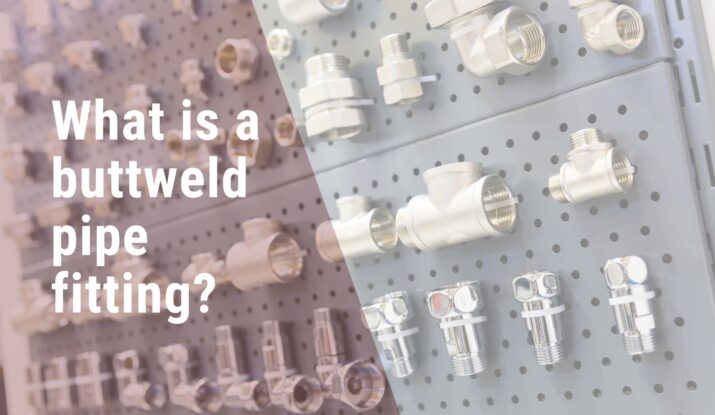


Buttweld pipe fittings are components used for connecting pipes in a piping system. They are called “buttweld” because they are welded to the pipe by butting the fitting end against the end of the pipe and then welding them together. These fittings are commonly used in industries where high pressure or high temperature conditions exist, such as oil and gas, chemical processing, and power generation.
Buttweld fittings offer several advantages, including strong and leak-proof connections, uniformity in wall thickness, and smooth flow characteristics. They are preferred in applications where reliability and structural integrity are crucial.
There are several types of butt weld pipe fittings, each designed for specific applications. Here are a few examples:
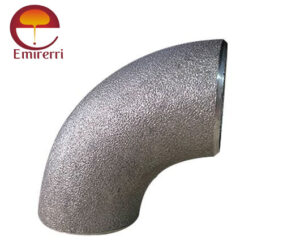
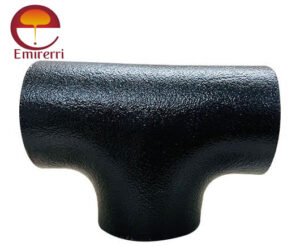
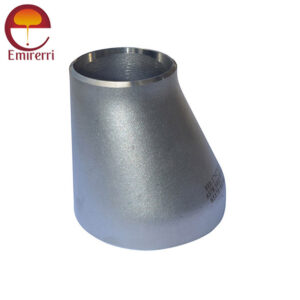
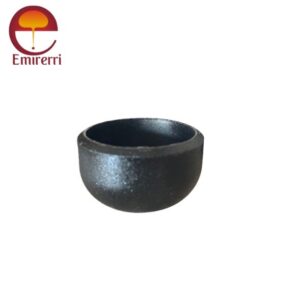
Stainless Steel: ASTM / ASME SA403 GR WP “S” / “W” / ” WX”, 304, 304L, 304H, 309, 310H, 316L, 316H, 317, 317L, 321, 321H, 904, 904L, 347, 347H.
Duplex Steel: ASTM / ASME SA815, UNS NO. S31803, S32205, S32550, S32750, S32760.
Carbon Steel: ASTM / ASME A234 WPB, WPC, ASTM/ASME A860, WHY42, WHY46, WHY52, WHY60, WPHY65 & WPHY70.
Alloy Steel: ASTM / ASME A234, WP1, WP5, WP9, WP11, WP12, WP22, WP23, WP91.
Low Temperature Carbon Steel: ASTM A420, WPL3 / 4A420WPL6
Stainless Steel: ASTM / ASME SA403 GR WP “S” / “W” / “WX” 304, 304L, 304H, 309, 310H, 316L, 316H, 317, 317L, 321, 321H, 904, 904L, 347, 347H.
Duplex Steel: ASTM / ASME SA815 UNS NO. S31803, S32205, S32550, S32750, S32760.
Carbon Steel: ASTM / ASME A234 WPB, WPC, ASTM / ASME A860 WHY42, WHY46, WHY52, WH60, WPHY65 & WPHY70
Alloy Steel: ASTM / ASME A234 WP1, WP5, WP9, WP11, WP 12, WP22, WP23, WP91
Low Temperature Carbon Steel: ASTM A420 WL3 / A420WPL6
Compared to other fitting types, butt weld pipe fittings have several advantages. They provide a smooth and continuous path for the fluid, reducing turbulence and minimizing the risk of erosion or corrosion. They also have strong and secure joints, making them ideal for high-pressure applications.
1. Strength and Durability
2. Leak Resistance
3. Smooth Flow Characteristics
4. Versatility and Adaptability
5. Aesthetic Appeal
6. Ease of Maintenance
7. Cost-Effectiveness
Butt weld pipe fittings find widespread use across various industries, including:
The installation of buttweld pipe fittings necessitates precision and expertise to ensure optimal performance and longevity. The welding process involved in joining these fittings involves several steps:
Overall, Emirerri Steel’s butt-weld pipe fittings are known for their quality, reliability, and performance, making them a preferred choice for demanding industrial applications.
Butt weld pipe fittings play a crucial role in many industries, including oil and gas, chemical processing, and power generation. Understanding their function and benefits can help in selecting the right fitting for your piping system. Remember, the choice of fitting can significantly impact the efficiency and safety of your operation.
2024 © All rights reserved by Emirerri Steel Manufacturer Pvt Ltd